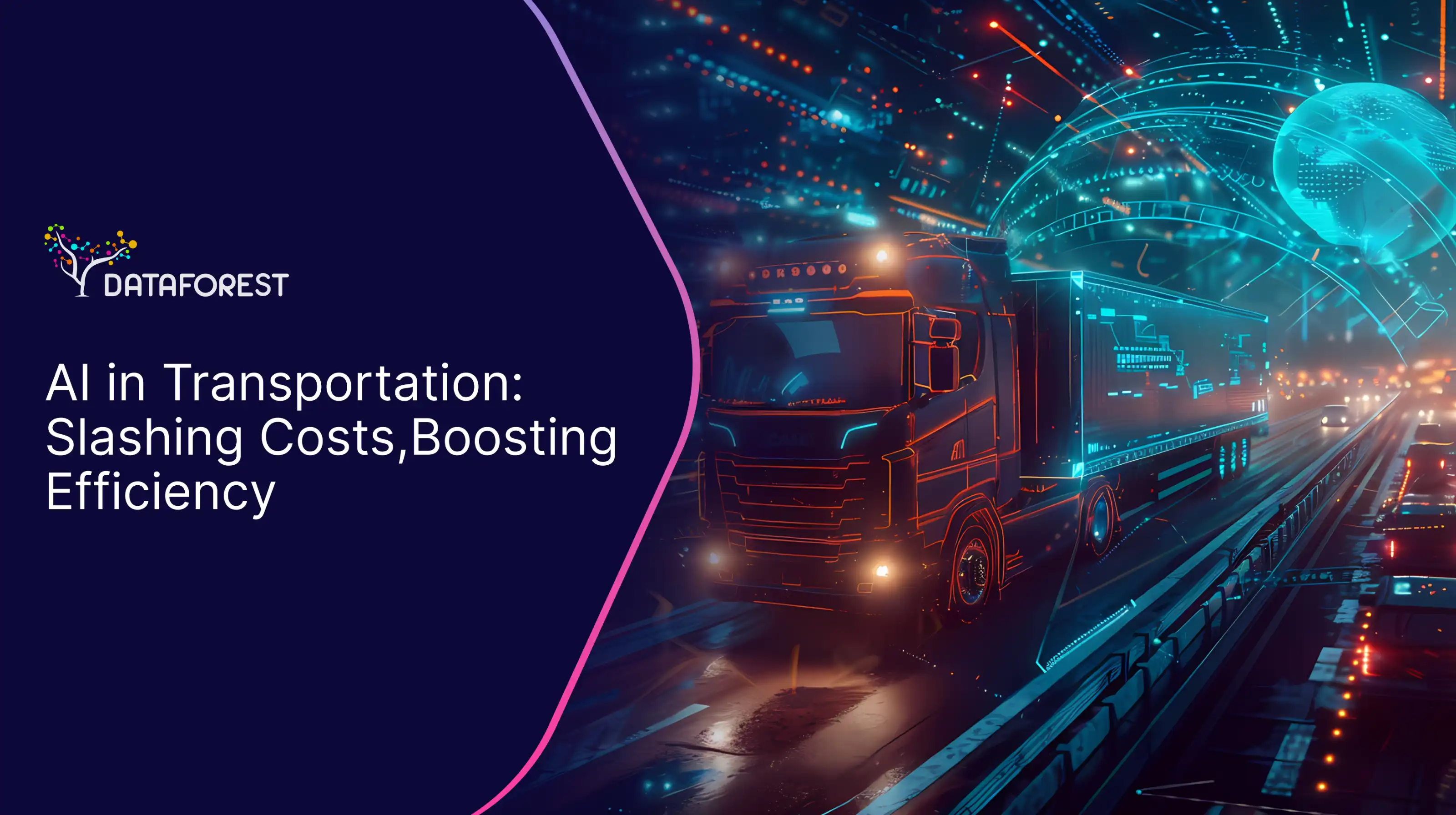Data Replication: Ensuring High Availability and Consistency Across Distributed Data Systems
Data Engineering
Data Replication: Ensuring High Availability and Consistency Across Distributed Data Systems
Data Replication: Ensuring High Availability and Consistency Across Distributed Data Systems
Data Engineering
Data Engineering
Share
Table of contents:

Data replication is the process of copying and synchronizing data across multiple systems, databases, regions, or storage layers to ensure availability, redundancy, performance optimization, and operational continuity. It supports fault tolerance, disaster recovery strategies, and distributed data access in modern architectures.
Types of Data Replication
- Full Replication
All records are copied across locations, maximizing availability for distributed reads. - Partial (Selective) Replication
Only prioritized datasets are replicated based on relevance or usage constraints. - Transactional Replication
Database-level replication focused on row or operation-level synchronization.
- Snapshot Replication
Periodic point-in-time dataset transfers, suitable for low-update or batch systems.
Replication Models and Consistency Modes
- Synchronous Replication
Writes occur simultaneously across nodes, ensuring immediate consistency. - Asynchronous Replication
Primary writes first, with delayed propagation to replicas for performance efficiency. - Near-Real-Time Replication
Controlled synchronization delay (seconds–minutes) balancing timeliness and cost.
Replication in Distributed and Cloud Systems
Distributed databases and cloud platforms implement replication to ensure resilience and operational scale.
Examples:
- Databases: MongoDB, PostgreSQL Logical Replication, Apache Cassandra
- Cloud Platforms: AWS Multi-AZ & Multi-Region, Azure Geo-Replication, Google Cloud Spanner
- Analytics and Streaming: Kafka mirroring, CDC pipelines, data fabric platforms
Replication supports:
- Multi-region availability
- Disaster recovery planning
- Read traffic offloading
- Compliance-driven geographical data storage
Related Terms
Data Engineering











